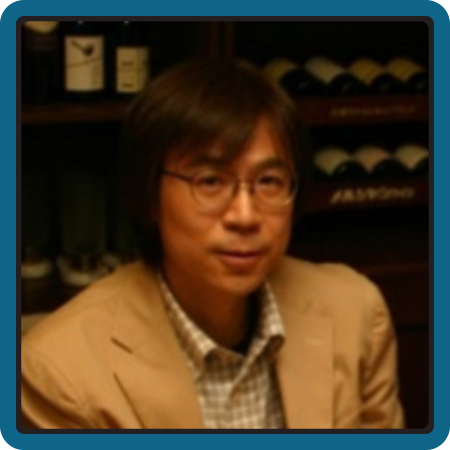 New development of skutterudite-type thermoelectric materials using high- pressure technique
New development of skutterudite-type thermoelectric materials using high- pressure technique
LQMEC Synergy com Prof. Chihiro Sekine (Muroran Institute of Technology)
21/08, 4ª feira, 15h. Ed. Principal, auditório Marcello Damy. Via Zoom: sala 894 3319 0915 senha 469640
Partially filled skutterudite compounds have been considered as potential candidates for highly efficient thermoelectric materials. The unfilled skutterudite compound MX3 (M = Co, Rh and Ir, X = P, As and Sb), which is a cage-like material, shows excellent thermoelectric (TE) performance. However, the compounds have a disadvantage of high lattice thermal conductivity κL compared to conventional TE materials. The vacancy inside the cage of MX3 (M4X12) can accept a relatively small guest ion R. The vacancy can be partially occupied by R (RxM4X12), such as alkaline-earth, rare-earth and group 13 elements, resulting in a large decrease in κL and improve the TE performance. Namely, R ions are located inside the cages and a marked rattling effect occurs. The reduction in κL for a partially filled skutterudite is a promising method for improving the TE performance. For several RxM4X12, κL decreases with increasing filling ratio x of guest ions. Therefore, partially filled skutterudite compounds with high filling ratio are expected for high-performance TE materials. High pressure benefits the entrance of R into the voids of unfilled skutterudite structure than ambient pressure [1]. We have succeeded in filling unfilled skutterudite compounds with R at a high filling rate x by high-pressure synthesis. Furthermore, we succeeded in filling heavy rare earth ions (Tb and Dy), which cannot be filled at ambient pressure [2]. In this study, we also focused on a pressure-induced self-insertion reaction. Namely, X atom enters the void of X cage by the reaction under high pressure. The κL of SbxM4Sb12-x (M = Co and Rh) were significantly reduced [3]. This suggests that the pressure-induced structural change could be beneficial for improving TE performance.
* Prof. Sekine is a Visiting Researcher at LQMEC, hosted by Prof. Larrea inside the PRINT USP CAPES grant.
Chihiro Sekine | Muroran Institute of Technology, Muroran, Hokkaido 050-8585, Japan
► Mais informações em lqmec.com/lqmec-synergy













